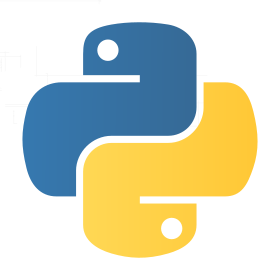What is Python and how do their assignment
What is Python and how do their assignment

Python is a high level programming language used for general-purpose.The syntax used in the language is very simple and needs only few lines of code. Its design emphasizes on code readability.It supports multiple programming techniques that includes imperative, object-oriented and functional programming or various procedural styles. It has features of a dynamic type system and also has an automatic memory management. It has a comprehensive and a large standard library.
It supports structured programming, object-oriented programming and multi-paradigm programming.It supports many other paradigms by using extensions, logic programming and includes design by contract.It generally uses a combination of reference counting, dynamic typing and a garbage collector for memory management. A feature that binds variable names and method during program execution is called dynamic name resolution which is an important feature of PHYTHON.
It has a limited support for functional programming under Lisp tradition. This language has functions like reduce (), map () and filter () etc. that can be used in PHYTHON assignments. It has dictionaries, comprehensions for lists and generator expressions. It has standard library modules which implements various function tools.
PYTHON doesn’t use keyword or curly braces to delimit blocks rather than that it uses whitespace indentation.This feature is also known as off-side rule.
The various statements that are used in PYTHON language in their assignments are as follows:
- For statement: This statement is used for iteration over an iterable object.It saves each element as local variable.
- While statement: While statement will execute a block of code, if the condition is true.
- Def statement: This statement can be used to define a method or a function.
- Try statement: This statement is used for exception handling. It caught the exceptions and ensures a clean-up code.
- Pass statement: This statement is used for creating an empty code block.
- Class statement: This statement can be used to execute a block of code and will save its namespace to a class for using that in object-oriented programming.
- Import statement: This statement can be used to import modules whose variables or functions are generally used in current program.
- Assert statement: This statement is used during debugging for checking the conditions that ought to apply.
- Yield statement: It uses a generator function and returns a value which generally uses to implement co-routines.
- If statement: It will check a condition first, and then execute a block of code depends on the true or false result of the If statement
Our Advantages
Quality Work
Unlimited Revisions
Affordable Pricing
24/7 Support
Fast Delivery